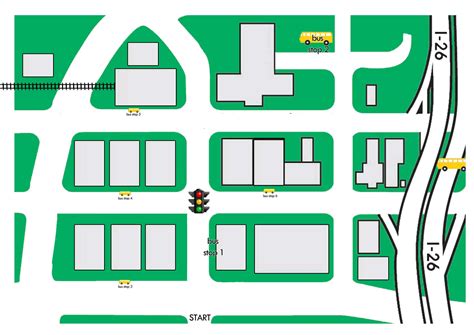Empty Blocks Debate: Understanding the Ethereum Mining Process
When it comes to creating blocks on a blockchain network like Ethereum, one of the most contentious issues is whether miners should include all included transactions or leave them blank. In this article, we will take a detailed look at the Ethereum mining process and find out why the inclusion of empty blocks is permissible.
Blockchain Mining Basics
In a blockchain network, each block contains a set of transactions that are verified by the network and added to the "blockchain" as a new data structure. Miners use powerful computers to solve complex mathematical problems, including verifying transactions in a block and ensuring their consistency with previous blocks.
Empty blocks: what is this?
An empty block is a block that does not contain transactions. It is called an "empty" block because it has no data to store. This may seem counterintuitive in a blockchain that relies on the integrity of each block being independent and self-consistent.
Creating empty blocks: is this allowed?

Yes, empty blocks are allowed and accepted by most Ethereum miners. In fact, including all transactions in an empty block will lead to inconsistencies in the blockchain. Without any transactions, it is impossible to verify or confirm the data in each subsequent block, which would make the entire chain invalid.
Why miners don't count all transactions
Miners include only the necessary information and verify the integrity of the blockchain, including all transactions in the block. This process is designed to prevent double spend attacks and ensure the security and immutability of the blockchain.
Block size limit
It is important to remember that when creating an empty block, you cannot exceed the Ethereum block size limit (1 MB). If a miner tries to create an empty block larger than 1 MB, it will lead to serious performance problems and potentially put the entire network at risk.
In summary, miners have the right to decide which transactions to include in a block and how many blocks they want to create (provided that the block size does not exceed 2.5 MB). Empty blocks are allowed and necessary to maintain the integrity of the Ethereum blockchain. By understanding why the inclusion of empty blocks is permissible, we can better appreciate the complex mechanics underlying this complex technology.
Additional Resources
If you want to learn more about the Ethereum mining process or explore resources related to block size limits, check out:
- [Ethereum Block Size Limit](
- [Ethereum 2.0: The road to scalability and performance](